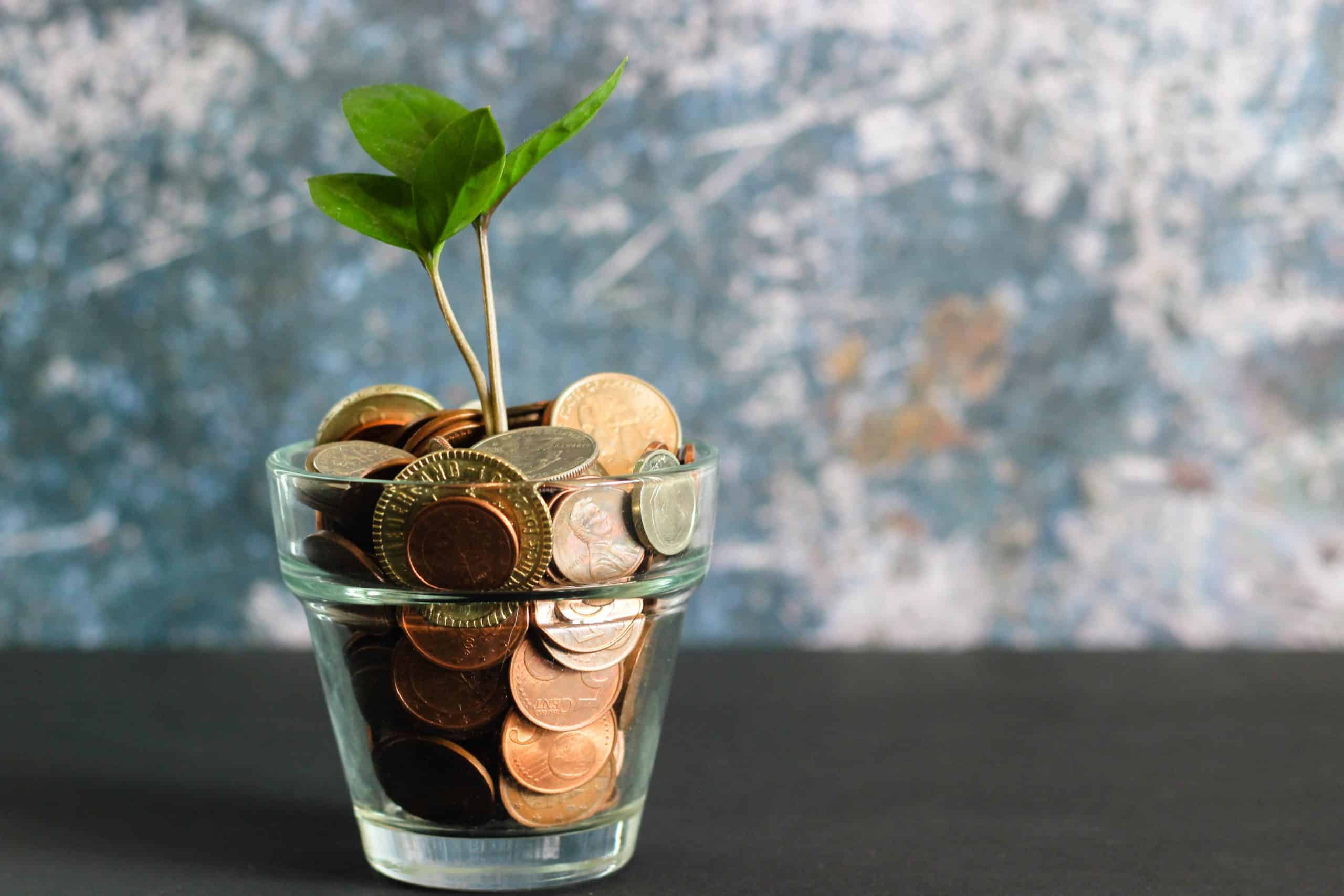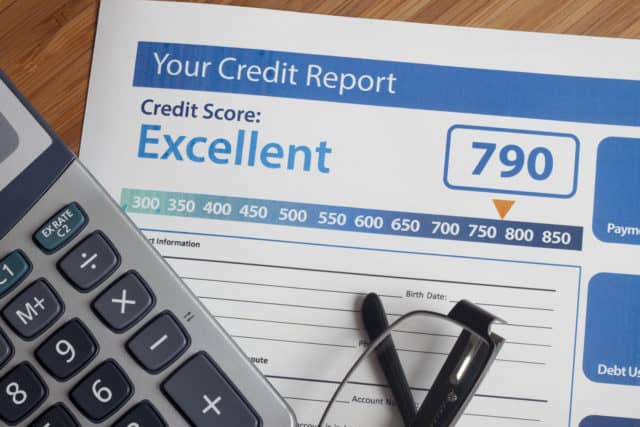Wealthtender is a trusted, independent financial directory and educational resource governed by our strict Editorial Policy, Integrity Standards, and Terms of Use. While we receive compensation from featured professionals (a natural conflict of interest), we always operate with integrity and transparency to earn your trust. Wealthtender is not a client of these providers.

Contrary to its name, a savings account isn’t actually good for all types of savings, and some would argue they aren’t good for any savings. Like most things, savings accounts are good for some things, and bad for others.
Most savings accounts offer extremely low-interest rates. So low, that you could probably pick up more change you find on the ground than what you’d earn from your account in a given period of time. But a lot of people still use savings accounts for the majority of their savings. Which I mean, makes sense, given the name. But that doesn’t mean that’s the way that it should be.
When I think of a savings account and how it functions, a better name might be an idle account or a sittings account. It’s a place for your money to hang out, more than work for you. But I still believe there is a place for savings accounts, given the right situation. Here are three ways I think you could best use a savings account, to get value from it.
Short-Term Goals
Over a long period of time, investing in markets allows you to grow your money better than anything else. When your time horizon is decades, it makes sense to invest aggressively. As we move closer to our goals, we want to move our money into a more conservative state. The reason being is if the market declines, we don’t want our money to be down when we need it. We don’t want to take on too much risk.
If you’re looking to use the money within a three-year period, most professionals would consider that as short-term in duration. It doesn’t give us the expected timeframe to make back that money if the markets decline. So that puts us in a position of thinking conservative.
For people who have a short-term goal, looking at a savings account makes sense. Your funds won’t be exposed to any risk, and although we don’t expect your money to grow significantly, you won’t lose money either. It’s sitting idle, there when you need it, without risk.
Emergency Fund
The best emergency fund is one that is readily available. You don’t want to have to need money and find that it’s not all there. So having an emergency fund that isn’t exposed to risk is a smart idea.
Emergency funds can take many different forms. A savings account is a good idea, but you could also use a line of credit, credit card, or some other form of available funds. With each type, it’s important to understand the cost of each. With a savings account, we are giving up good interest and growth. With a credit card, line of credit, or another source of borrowed funds, the cost is the interest we would have to pay if we need the funds.
It’s important to understand your options and make the best decision for you. Having an emergency in a no-risk account is a good idea. In the case of an emergency, the last thing you want is additional financial stress on top of it.
Initial Test Something New Account
When you’re initially setting up a good financial system (automatic contritions, extra payments, etc) it might be a good idea to first do a test run.
Making regular contributions, or extra payments towards debt is a good idea most of the time. The problem is, once you’ve made those contributions or payments you might not be able to take that money back if needed.
When a client wants to begin doing something new, or they’ve just bought a house and have new expenses. I like to go through a test run period. Let’s say three months. Where we monitor their budget, and make sure it’s affordable and we won’t have to try to get the money back. That way it gives us a better idea of what the cash flow will look like, without exposing the money to risk or spending it.
Using a savings account as an account to store money, without being able to spend it easily from your debit card, can be a good way to test something out, without fully committing. That way if you’ve contributed too much, or need to adjust things, there are no consequences.
Are you ready to enjoy life more with less money stress?
Sign up to receive weekly insights from Wealthtender with useful money tips and fresh ideas to help you achieve your financial goals.

About the Author
Derek Condon, CFP®
Wealthtender is a trusted, independent financial directory and educational resource governed by our strict Editorial Policy, Integrity Standards, and Terms of Use. While we receive compensation from featured professionals (a natural conflict of interest), we always operate with integrity and transparency to earn your trust. Wealthtender is not a client of these providers.







